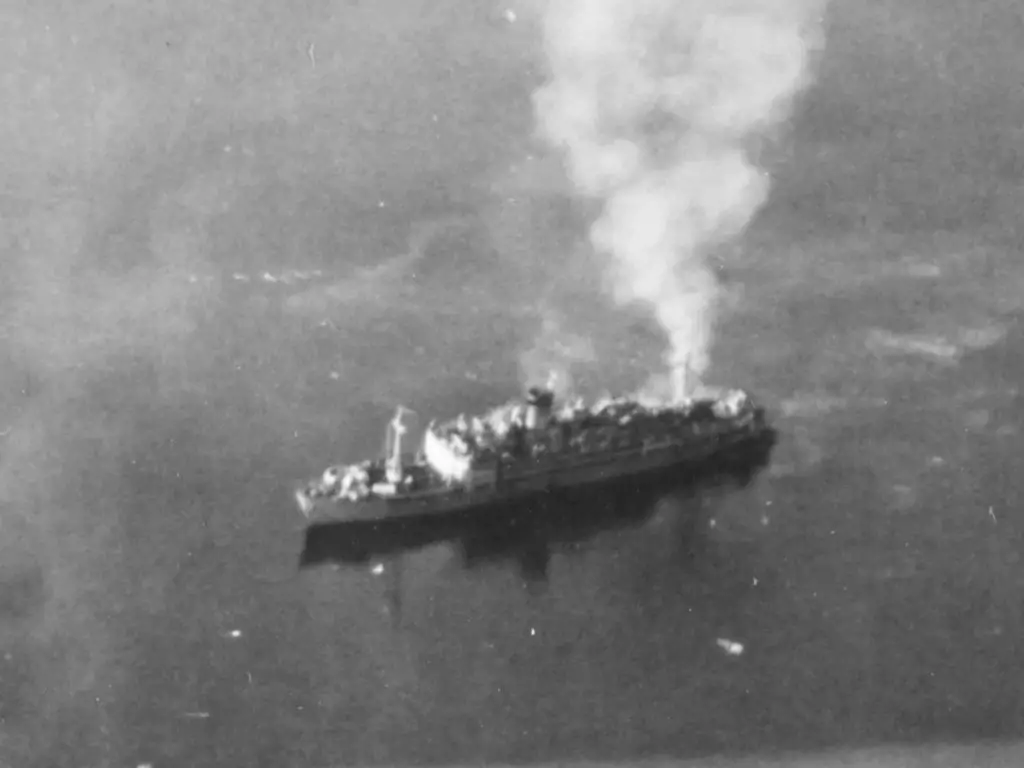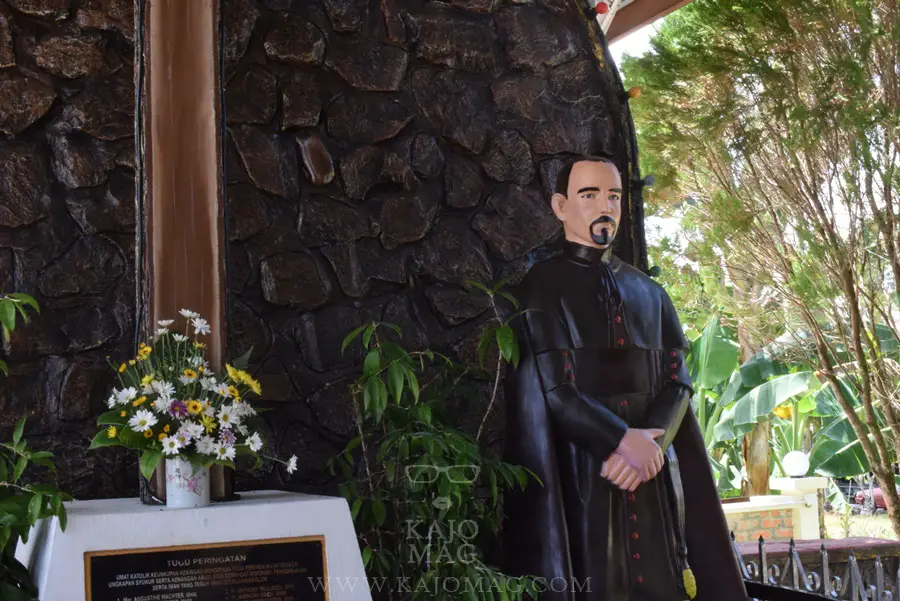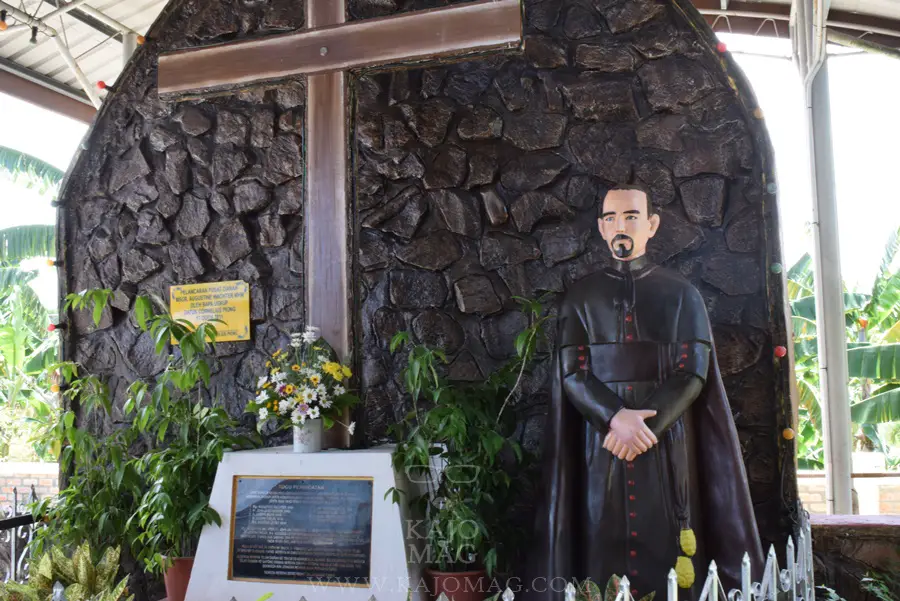On Dec 9, 1962, as the Brunei Revolt took place, the North Kalimantan National Army (Tentera Nasional Kalimantan Utara, TNKU) seized the town of Limbang.
After attacking the police station, they captured several rifles and machine guns.
They even held the British resident and his wife as hostage along with 12 others.
On the morning of Dec 12, the British Royal Marine commandos were tasked to rescue the hostages.
In the end, five marines were killed and many more rebels were captured.
So what happened to the TNKU rebels after they were caught? These rebels were local Sarawakians who then believed they were fighting for a good cause.
They wanted to fight for the North Borneo Federation also known as North Kalimantan or Negara Kesatuan Kalimantan Utara (Unitary State of North Kalimantan). The proposed entity would have comprised the then British Colonies of Sarawak, British North Borneo and Brunei.
Life in detention
According to Liang Kim Bang, the Limbang district officer at that time there were 204 convictions following the rebellion.
The TNKU rebels were charged under section 6 of the Preservation of Public Security Ordinance, 1962.
Liang stated, “Most of the TNKU prisoners were sentenced to periods ranging from one to five years but one lone man, a staunch rebel leader, Salleh Sambas, after much chase and hide-and-seek was sentenced to fifteen years imprisonment.”
Some of the prisoners had been taken to prisons in Kuching, Miri or Sibu while the remainders at Limbang Prison and Detention Camp had all been released on parole.
At that time, the rest of Sarawak believed Limbang was a bloody place where rebels and criminals roamed far and wide.
However, Liang clarified, “This is not at all the picture. Just sink into the oblivion of the December Rebellion. Limbang is as peaceful and sober as any district in the country. Most of the rebels are Kedayans but not all Kedayans are rebels.”
Making room for the TNKU rebels
Due to the high number of prisoners, the Limbang prison had to make some arrangement.
The district officer explained in his report, “The prison proper which has accommodation for only sixteen prisoners managed to accommodate more than 100 detainees and prisoners. This has been made feasible by converting two paddy godown into a detention camp where all the detainees and some of the prisoners were kept.”
Nonetheless, the paddy godowns were not as ‘uninhabitable as might have thought at first though by no means a healthy place to stay in for too long’.
As for the prison staff, there were 19 wardens with only three working as permanent staff and the rest paid daily.
Commenting on the prison staff, Liang pointed out, “The relationship between warders and prisoners/ detainees is good and it was with pleasure to report that no prisoner escaped or attempted to escape during the year. Medical facilities were readily available to them in the nearby hospital, the divisional medical officer or his representative and the Board of Visitors visited the prison regularly.”
Overall, the prisoners reportedly looked healthy.
Rehabilitating the former TNKU rebels
Liang also reported on the rehabilitation of the rebels which was geared to assist the rebel families and dependents since the men had either been taken in or killed during the rebellion.
“A substantial amount of work involved in rehabilitation is undertaken by prisoners who were transported daily to work in the various paddy schemes along 4 1/2th, 7th, 8th, and 9th mile Pandaruan Road which roughly coincides with the stronghold of the rebellion.
“Monthly ration is issued and from May, 1963 to the end of the year Government has spent $27,334.56 on them. Besides providing the rebel dependents with rations, 47 of their houses and 24 durong (paddy stores) were repaired with attap. This was made possible with $500 cash contribution from the Prisoner’s Aid Society and assistance from the District Office.”
Moreover, the children whose fathers were either imprisoned or killed during the rebellion, were exempted from paying their school fees for the first half of 1963.
Helping the wives of the TNKU rebels
Meanwhile, the government also provided classes four times weekly for some 30 wives or daughters of the TNKU rebels. They learned some of the life skills including cooking, needlework, gardening and child welfare.
Liang added in his report, “Besides the assistance so far outlined which is mainly of an educational, social or relief nature, concrete assistance in the form of paddy schemes. Labour for these paddy schemes is provided by the prisoners released on parole, planting know-how and supervision was given by the Department of Agriculture and the administration in general was left to the district office. Under these schemes sixty acres of paddy were planted and these were allocated to 102 rebel families.”
According to Liang, rehabilitation of these rebel dependants was a sensitive and many-sided task that had to be handled with the greatest care and prudence to prevent from being misunderstood, misjudged or misconstrued as something else.
The Limbang Rebellion left many families without their breadwinners.
Some of the women reportedly ‘either spent their time picking pebbles at the 4th mile Pandaruan Road to sell to the local constructor or the Public Works Department for constructional works, or coming to the District Office for more rations or the more loving spent a considerable part of their time visiting their husbands in prison or detention camp.’
The rebellion was also a proof that not all marriages survived for better and for worse, as some of the wives of the TNKU rebels divorced their husbands on the ground of mental cruelty through long absence.
The plea of the Kedayans
Why did the Kedayan join the TNKU rebels? The former Sarawak Museum Curator Tom Harrisson had his explanation for this.
Other than Limbang, the Kedayans in Niah and Bekenu also supported the Brunei Revolt which opposing the inclusion of Brunei in the Malaysian federation.
Harrisson explained that the Kedayans got completely confused and misled.
“The Kedayans have played a major role in this. There are only about less than 10,000 of them in Sarawak but they have not been taken into account. There are practically no responsible Kedayans in any positions.
They are not represented adequately in government and this applies equally to many other group in the north.”
He then gave an example of how large groups of Sarawak back then were given attention not only in administration but over the radio where only they had programmes in their language.
“They (The Kedayans) are guilty all the same, no one is denying that, but there is a lesson that the same sort of thing can happen widely and I do not think the argument is sufficient that this group is small one, therefore we can ignore it.”
If some of the minority races in Sarawak are continuously being ignored, is there possible that there will be another rebellion in the future? We might never know.
Photos from the Memorial service and the unveiling of plague at Limbang on Aug 3, 1963 to honour those who died during the Limbang rebellion. All photos are under © Commando Veterans Archive 2006 – 2016 licensed under CC BY-NC-ND 4.0.





























